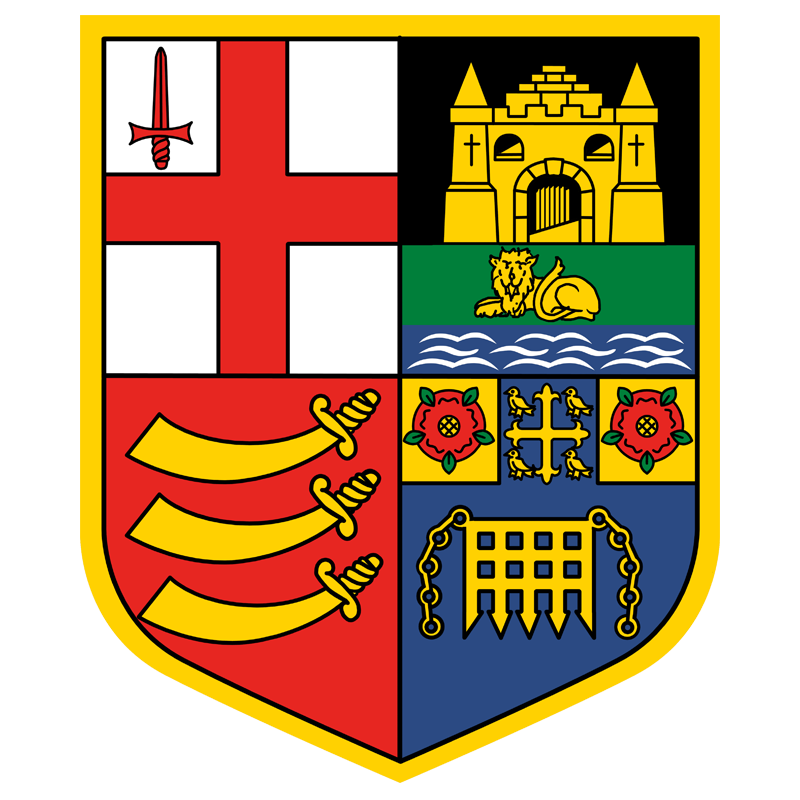(17 April 1933 – 16 June 2020)
The first time I met Colin he tried to drown me. We were pupils at the City of London School and we were longing to start rowing but couldn’t to do so until we were 14. While we were both waiting we joined the swimming and life-saving class which was held in the school pool. By chance we were paired off together to practice rescue techniques. Colin gave an early indication of his mischievous personality by deliberately holding my head under the water when he was meant to be saving me. When my turn came I naturally retaliated. Strange how lifetime friendships are formed.
Colin stroked the school eight and joined LRC in 1950 as a cadet member. (I was a couple of years younger and joined in 1952). In those days the club ran two junior eights. He showed huge promise as a stroke and in 1952, aged 18 and weighing barely 11 stone, he stroked the first eight in the Head of the River Race, relegating future world motor racing champion, Graham Hill, to the number two seat. They finished second, a feat which has not been repeated or beaten since (apart from the GB squad lightweight crew, rowing as LRC, which won in 1978). He stroked the Head crew again in 1960, finishing ninth. The London Scullers’ eight, stroked by Doug Melvin, beat us by one second.
This crew we were honoured to be in as they tended to treat Colin and me as a single unit rather than two individuals. It contains what was left of the famous London Scullers’ eight from the 1950s and many of the club’s luminaries.
Bow: John Pinches; 2 Doug Melvin; 3 Rob van Mesdag; 4 George Colgan; 5 John Marsden; 6 my dear old deceased climbing friend Graham Beech; and Colin and me. Cox Michael Howard-Johnston.
As a lightweight, Colin stroked the Thames Cup eight in 1953, 1954 (quarter final), 1955 (semi final) and during National Service he stroked the RAF in 1957 to reach the quarter final. He returned to his favourite Thames Cup in 1962, again reaching the quarter finals. Colin took great pleasure in schooling powerful heavyweights such as future Olympians John Vigurs and Simon Crosse to let the boat run and take time forward. He rowed in the two seat in the Grand in 1958 and 1960 and also in the Wyfolds in 1960 and 1961. It is a great pity that there was no lightweight rowing in his day.
The Club’s Boston Marathon crew in 1962. Colin is at stroke, Tubby Bryant at 7 with Robin Weller coxing. The rest of the crew are: Bow: Barry Banyard; 2 Roger Hughes; 3 Bob Potter; 4 Peter Coni; 5 Bennett (a Norwegian member); and 6 Bob Marks.
In the boat at stroke his great asset was his rhythm, in harmony with the run of the boat. It was very rare that you had a bad outing behind Colin. For his size he also had great strength with an immensely powerful dynamic drive off the catch, not to mention plenty of guts. If he felt rushed or didn’t like the timing behind him he was apt to introduce what Bob Marks christened a ‘punishment paddle’. This consisted of rushing the rate up to around 50 until everyone was exhausted. Starting again after this beasting, the boat tended to go more smoothly. If Colin was stroking the boat you always knew who was in charge, and it wasn’t necessarily the coach.
A scratch Head crew from the early 1970s with Colin leading the charge, and Tubby Bryant once again at 7. Contemporaries will recognise the suspects behind, the cox possibly John Medhurst.
Sitting at seven behind him his racing style gave me the first of my grey hairs. He liked to sit half a length down on the opposition, underrating them by two strokes or so, then in the last minute there would be a tremendous burst of power which usually got us there.
Out of the boat he had a mischievous and strong character, a gift for leadership and had the knack of keeping his crews cheerful and happy – if a little unruly.
I paired with Colin over a long period. Farn Carpmael instituted a club pairs championship around 1961 which we won. The club also used to run sponsored charity rows down to Tower Bridge and back which I did with Colin in a pair. Sitting by the bridge waiting for the tide to turn one January, Colin let go of his oar handle and the boat turned over, tipping us into the thick slimy mud. I still remember the freezing cold, mud-caked row back to Putney well behind the other crews who had wisely chosen to go in bigger boats.
Above all he was great fun to row with and had enormous guts.
Colin was a life member of LRC and served on the committee in the 1960s. Throughout the 80s and 90s he spent considerable time working with the House Steward to improve the fabric of the club. He was also on the committee of Remenham Club and an Emeritus Vice President.
The club sends its deepest condolences to his wife Barbara and their three children, Guy, Tisha and Duncan.
I’ll miss him more than I can say.
Tubby Bryant





